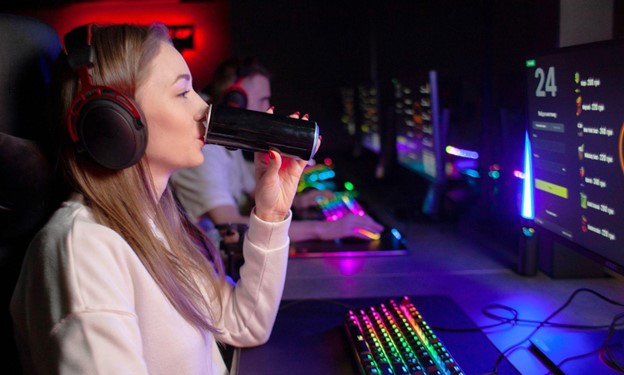Floral flavors, particularly elderberry and hibiscus, are also gaining traction in energy drinks, while nostalgic flavors such as C4 Energy’s Creamsicle, Jolly Rancher, and Bubble Yum flavors are rekindling fun childhood moments.
Energizing Ingredients
We’re also seeing increased use of energizing solutions beyond caffeine. Green coffee extract and green tea extract provide a natural source of caffeine for clean label energy drinks (such as fitness and women-focused energy drinks), while ginseng is becoming a must-have botanical.
Vitamins are in demand, too, with 48% of consumers globally interested in vitamins in their energy drinks.4 The B complex vitamins (especially vitamins B2, B5, B6, B7, B8, and B12) are the most relevant due to their role in energy metabolism. Another ingredient to watch is L-tyrosine, a top-growing ingredient in functional sports nutrition products.5
Sugar Reduction
Sugar reduction is a significant trend across the food and beverage industries. In energy drinks, more brands are offering zero-sugar versions of their energy drinks, and new brands are popping up with lower baseline sugar levels than we’ve seen in the past.
One in six US consumers want their energy drinks to have no or low sugar,6 a trend that will continue to grow as more consumers demand no-crash, sustained energy solutions and options to support their weight management and workout goals in a healthier way.
Insights into Consumers’ Energy Drink Choices
For today’s consumers, great taste and caffeine tie as the most important attributes they look for in an energy drink.7 Vitamins, minerals, taurine, and guarana round out the top five in-demand energy drink ingredients.8
Research shows consumers are seeking multiple benefits from energy drinks. In addition to energy and stamina, consumers are using energy drinks to improve performance (19%), stay hydrated (10%), help concentrate (8%), and help reduce sugar in their diets (6%).9





